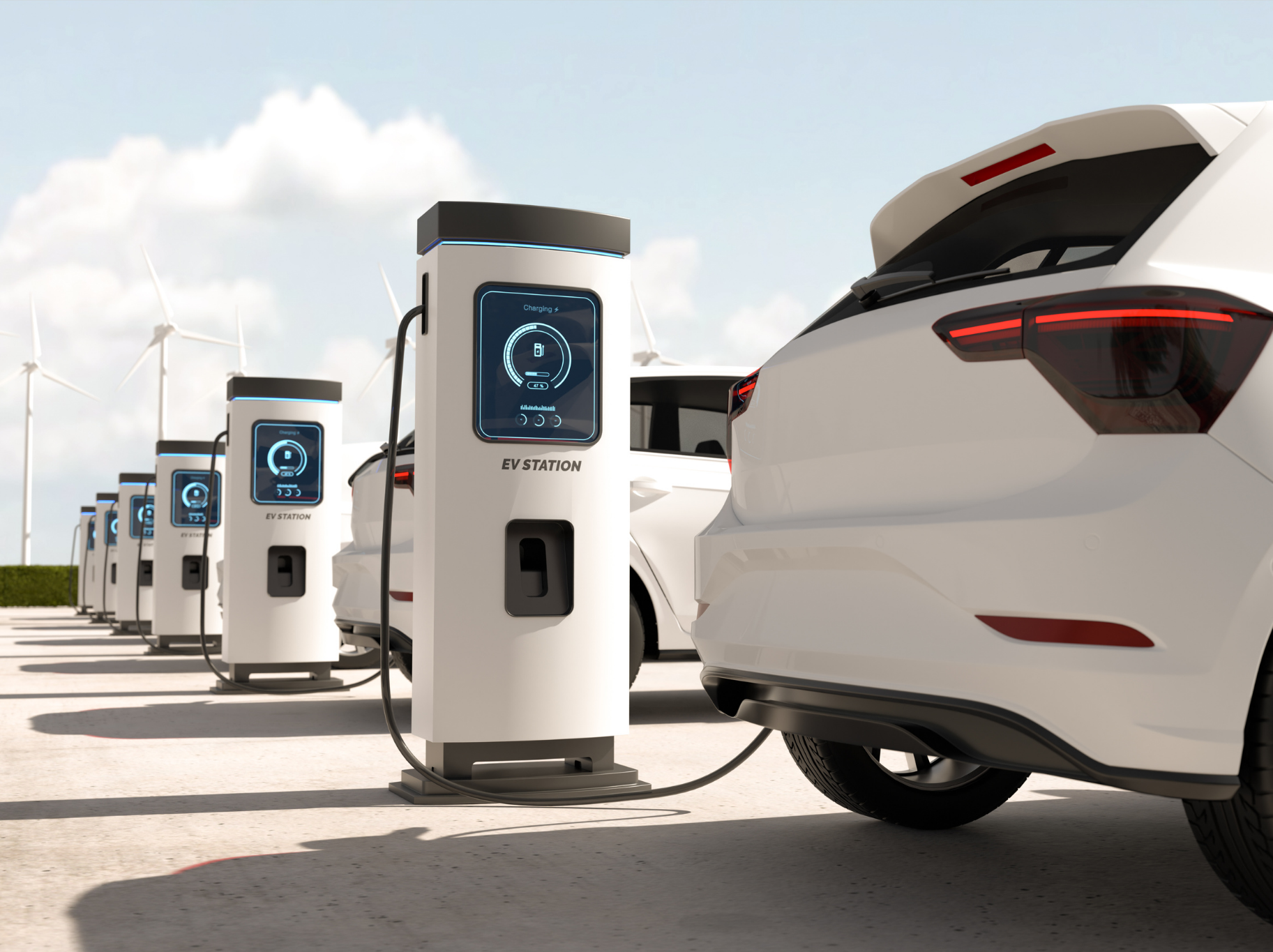Cooling AI’s Heat: Energy Majors Dive into Data Centers
Posted by | Rauf Mammadov
Immersion Cooling: How Oil Majors Are Powering the Future of AI and Sustainable Data Centers
With AI and cloud workloads on the rise, servers are running hotter than ever. And this creates a problem centered on energy efficiency and sustainability. Traditional air cooling is struggling, while alternative water based systems consume large volumes of fresh water.
As a result, immersing hardware in special dielectric liquids known as immersion cooling is taking off, with the market forecast to grow from about $4.9 billion in 2025 to nearly $11.1 billion by 2030 (roughly 18 % annual growth).
While technology companies are developing their own solutions, international oil companies are also seizing the opportunity to formulate cooling fluids for the rapidly expanding data center market, drawing on decades of lubricant expertise.
Oils need for fresh revenue streams
Data centers already consume 10–50 times more electricity per square foot than a typical office. The world’s server farms used about 415 TWh of electricity in 2024 (roughly 1½ % of global demand) and predictions are that this could increase past 945 TWh by 2030.
At the same time, electric vehicles are reshaping oil demand. In 2024, EV adoption reduced consumption by more than 1.3 million barrels per day, a figure that could climb above 5 mb/d by 2030. Fewer internal-combustion engines also mean less need for engine oil changes, pushing oil majors to look for new revenue streams. Yet EV batteries still require effective thermal management. It’s this demand that has opened a new market for battery-cooling fluids – an area where oil companies have leveraged their lubricant expertise to become key suppliers to automotive OEMs. Building on that foundation, they are now applying the same know-how in dielectric fluid formulation to the emerging field of data center immersion cooling.
Shell’s immersion fluid was first to grab Intel’s seal of approval in early 2024 and promises up to 48% energy savings. ExxonMobil launched its own portfolio days later. TotalEnergies, HF Sinclair, ENEOS, Petronas, Gulf Oil and SK Enmove have all jumped in over the past couple of years. As AI workloads push server heat to ever increasing levels (think 1 kW per liter), these partnerships between cloud giants and major energy suppliers are set to reshape both industries.
Immersion cooling is more than a niche technology; it signals the growing convergence between energy and tech industries. Electricity supply to data centers is one area where energy firms and hyper-scalers are working more closely together; immersion cooling is another, highlighting how deeply intertwined these sectors are becoming.
The same companies that once fueled cars are now supplying the liquids that cool the servers behind AI and cloud services. This pivot suggests that oil majors can remain relevant in a decarbonizing world by repurposing their chemical engineering expertise. At the same time, immersion cooled data centers promise dramatic reductions in energy use, water consumption and floor space, to achieve the goal of making the next wave of computing more sustainable.
Tags: AI & Analytics, Artificial Intelligence, Business & Industry Research, Competitive Strategy, Disruption, Energy, Industrial Goods, Innovation, Renewables, Technology & Innovation Research



















